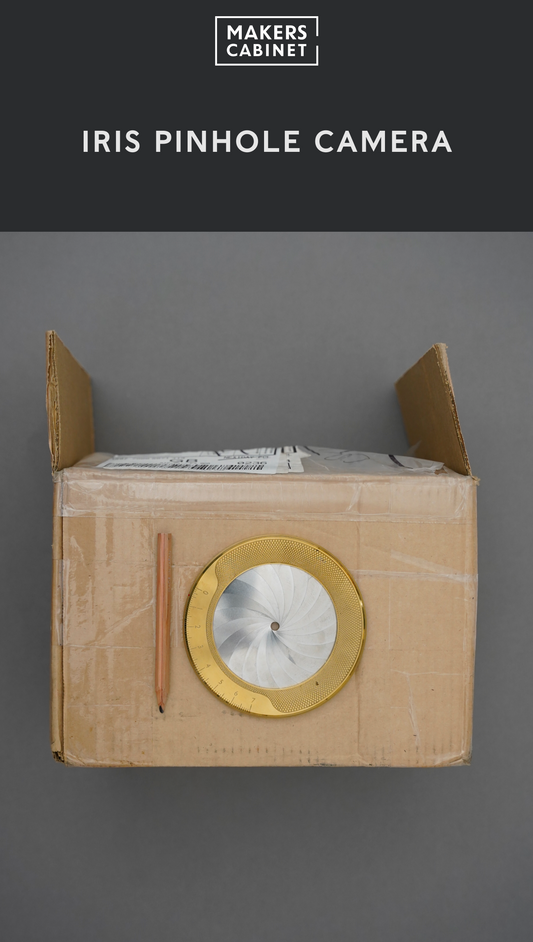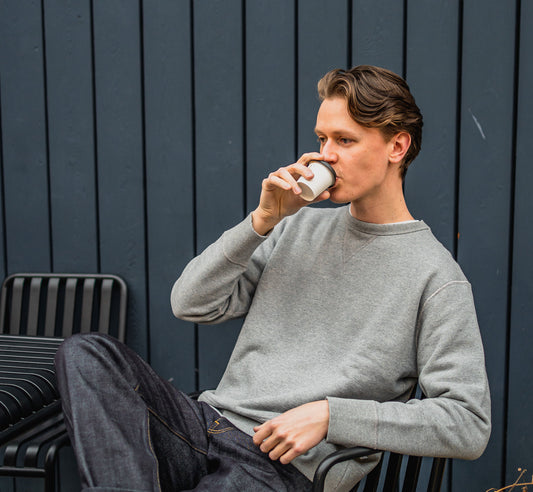
Stepping foot into the world of Japanese pencil craftsmanship was a dream come true for avid pencil enthusiasts like us. Japan, known as the ultimate destination for pencil lovers, offered us the opportunity to delve into the intricate art of pencil production. Pencil-making in Japan is more than just a mechanical process; it's an art that blends traditional techniques with modern innovation. The attention to detail is remarkable, from sourcing the finest graphite to crafting the perfect wooden casing.

Kitaboshi, a family-owned business founded over three decades ago, has been producing top-quality pencils thanks to the dedication and expertise of its owner, Mr Ryuichi Sugitani. Mr Sugitani, a respected businessman, also happens to be a highly skilled MMA competitor, embodying strength, discipline, and versatility. Kitaboshi's success lies in Mr Sugitani's entrepreneurial prowess and his unwavering commitment to excellence.

During our visit to the Kitaboshi factory, we witnessed the pencil-making process from start to finish. Softwoods, like Natural Incense Cedar sourced from Indonesia, were milled into thin planed slats to create the pencil casings. The slats were then grooved to accommodate the graphite, resulting in nine pencils per slat. The unique aroma of the cedar added nostalgia to the process.


In the next stage, the bare pencils underwent a meticulous painting process. Multiple coats of lacquer were applied to cover the entire surface, creating a flawless finish. The pencils were left to dry naturally and then briefly placed in an oven for complete drying. Seven coats of lacquer were applied in total, ensuring consistency and quality.

After full lacquering and drying, the pencils were foil-stamped with branding and essential information for users. This final touch added a distinctive visual element, marking the completion of the manufacturing process. The pencils then proceeded to final quality control checks and packaging.

At Kitaboshi, we also visited their pencil shrine, which showcased a creative solution to extend the lifespan of shortened pencils. Ferrule pencil extenders were used to make these shorter pencils usable again, symbolizing the sacrifice of a pencil for our learning and creativity. The shrine was adorned with various pencil ornaments, representing the reverence for this concept.
Our journey concluded with a visit to a delightful ramen restaurant, where we savored Tonkotsu and fish-based ramen. Before leaving, we stopped by Kitaboshi's shop to purchase pencils and even tried on their pencil costume, fully embracing our identity as pencil enthusiasts. It was a memorable experience filled with appreciation for the art of pencil-making, delicious food, and playful moments.

Exploring Kitaboshi allowed us to witness the meticulous craftsmanship and unwavering commitment to excellence that goes into creating each pencil. It reminded us that even the simplest objects can be thoughtfully crafted and considered. Kitaboshi's legacy, rooted in family tradition, will undoubtedly continue to flourish, inspiring pencil enthusiasts worldwide.
by Noah Bier & Beatriz Melo





